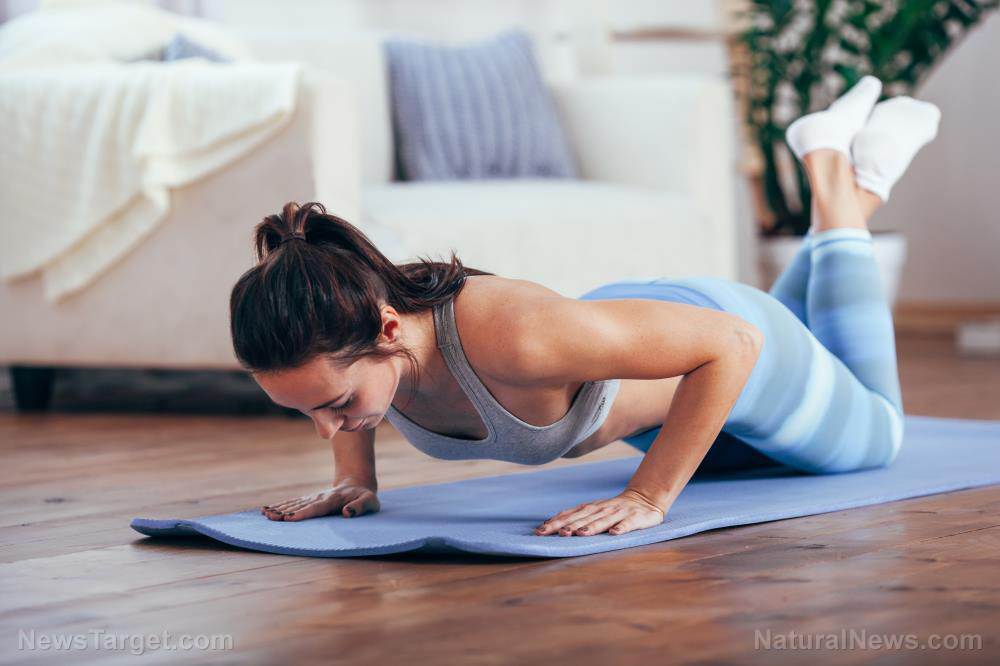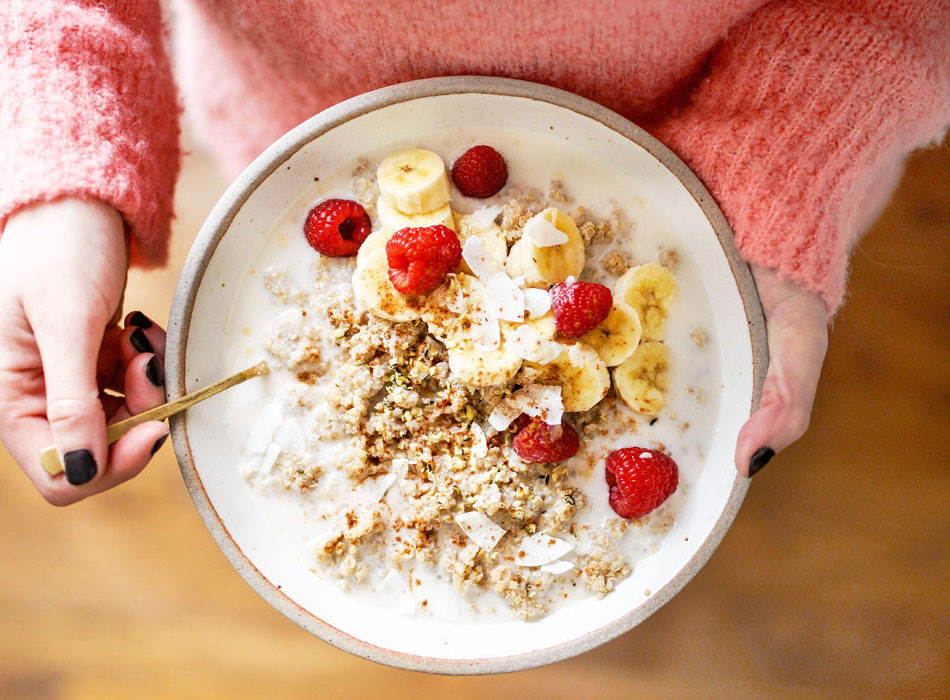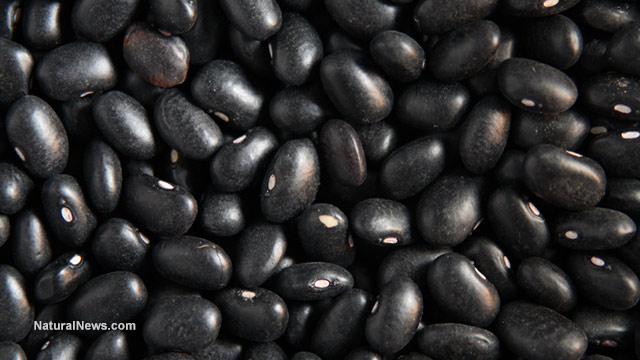Get out of that chair! Muscle-training exercises you can do at home
08/31/2018 / By Rhonda Johansson

While any kind of exercise is great, fitness trainers say that far too many people lack good muscle tone. This may be because most are focused on losing weight rather than placing an emphasis on health. Just to be clear here: Regular cardio exercise does boost metabolism (and help you shed those unwanted pounds!) but strength training exercises have the additional benefit of keeping your metabolic rate elevated long after you stop training. In fact, some studies have suggested that your metabolism can remain raised for up to 38 hours after a weight training session.
For those who are hesitant to begin any type of strength training program after a long time of being sedentary, here are some muscle training exercises that you can do at home. (h/t to Lifezette.com.)
Feel free to mix it up! The key here is to exercise every existing muscle group, as much as possible.
- Squats — This is the easiest exercise to perform. Squats can be done by anyone at any physical fitness level. These exercises also require no form of equipment at all. Squats target your quadriceps, hamstrings, glutes, and calf muscles. Exercise experts say that squats are most beneficial for those living a sedentary lifestyle, as they activate your core muscles and keep our bodies upright.
- Deadlifts — Arguably the most time-efficient way to train most of your muscles, deadlifts engage your lower body, back, and core muscles. It likewise uses all of your abdominal muscles as well. Take note though that deadlifts can trigger back pains if done incorrectly. Form is extremely important in deadlifts. Remember that your lower back must remain neutral during the entire set.
- Bench press — This exercise helps your upper body muscles. If you want to place more emphasis on your triceps, shoulders, and upper chest muscles, we recommend the overhead press. When done while standing, you’ll be engaging your core muscles even more. Take note that bench presses are not only meant for bodybuilders; studies show that these exercises improve running efficiency, too.
- Pullups — All you need is a bar. Pullups target practically all muscles found from your waist up. They’re great for those who want to achieve that “V” shape. Pullups target the biceps, forearms, shoulders, pectorals, abdominals, back, and core.
- Plank — This is great if you spend hours at a time on a chair or couch. Planks specifically target the core muscles — an area that needs some care especially if you lead a sedentary lifestyle. Try working your way up to spending five to 10 minutes a day in this position. Planks also target the glutes, the shoulders, and quadriceps.
Don’t forget to stretch!
Most of us remember to stretch before a workout, but forget to do the same after an exercise session. Be kinder to your body. Make stretching after a workout a habit. Performing post-working stretches:
- Eliminates lactic acid — Your body produces lactic acid during workouts. An excess of this can make your muscles fatigued and sore. Stretching reduces the amount of lactic acid that accumulates in the body.
- Prevents pain — Stretching properly will minimize any post-workout pain.
- Improves your blood circulation — Stretching after an intensive workout allows your body to cool down and returns your heartbeat to normal. (Related: Benefits of stretching.)
- Boosts your energy — Stretching cools your body. As it does so, the brain naturally releases endorphins, a feel-good chemical.
Don’t resign yourself to a life where the only movement you do is closing the distance between that plate of food and your mouth. Get up and start moving! Even little steps towards a more active lifestyle will do wonders for your health.
Read more exercise guides at Slender.news.
Sources include:
Tagged Under: benefits of exercise, exercise, fitness, longevity, metabolic rat, muscle training exercise, preventing obesity, slender, strength training



















